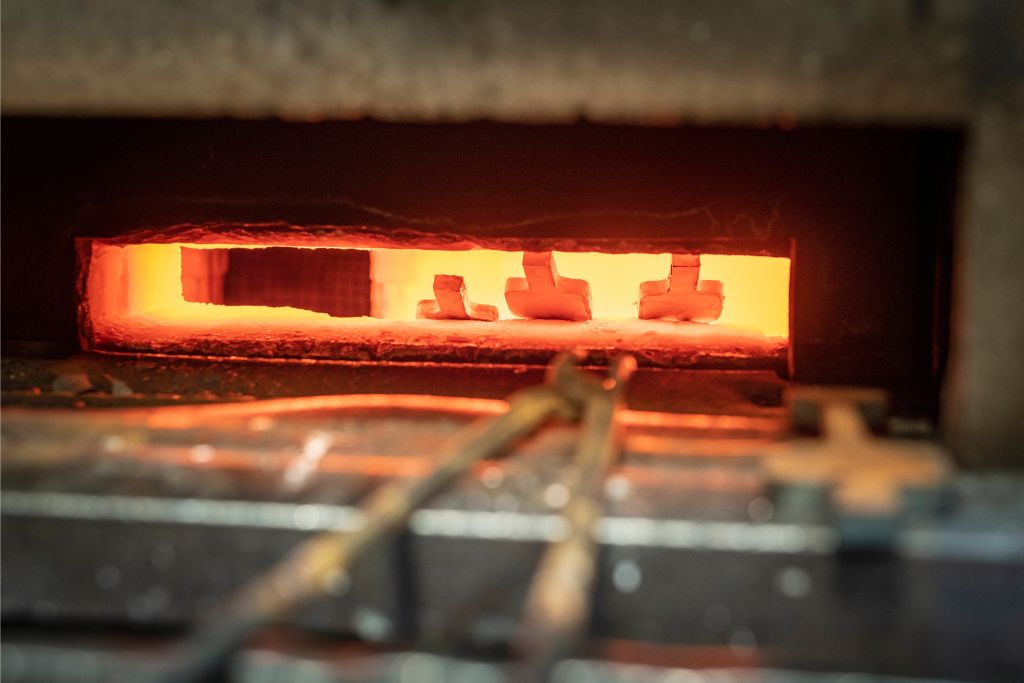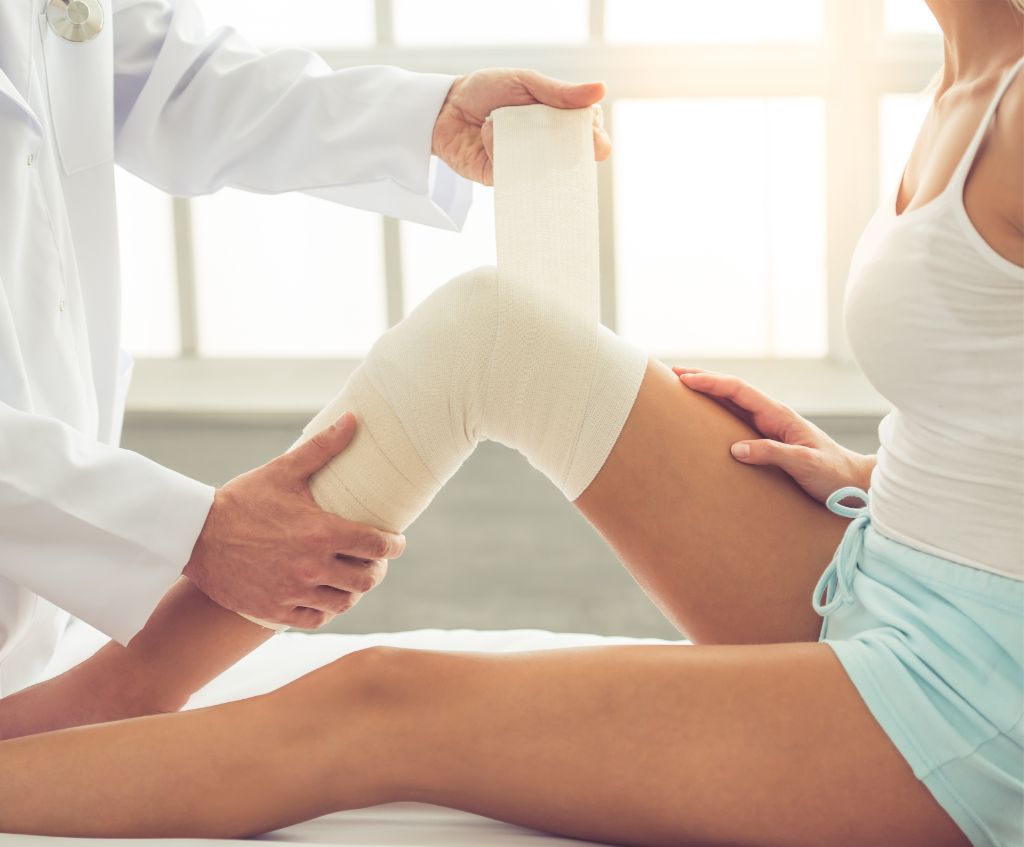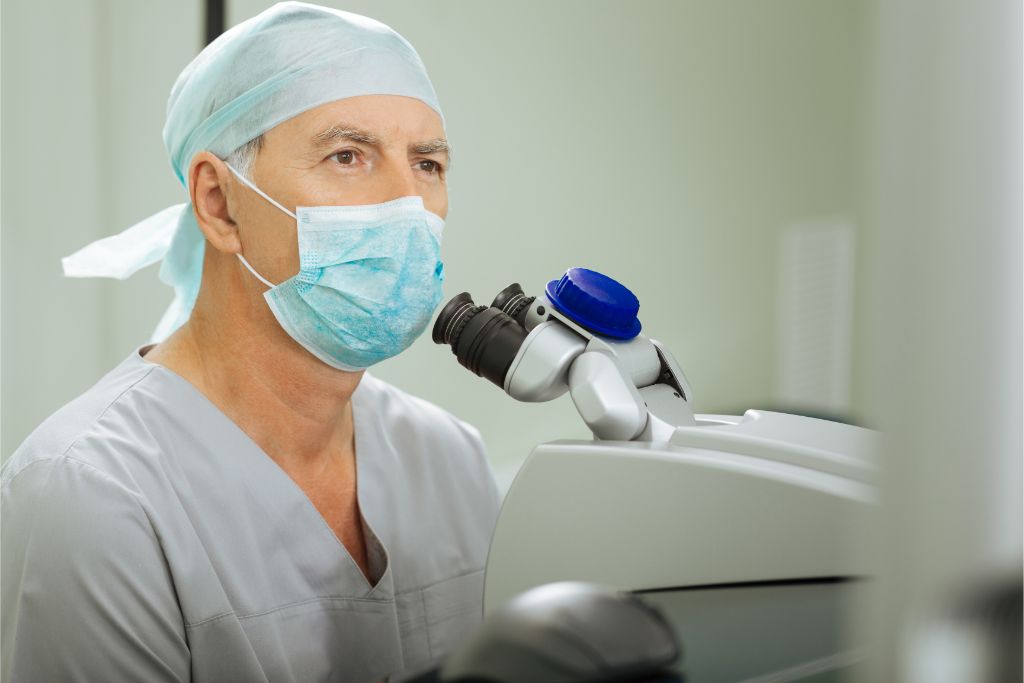An increasing number of individuals are having their joints replaced with a variety of metals, alloys, and plastics. The number of hip and knee replacements seems to be increasing parallel to the number of individuals using sauna therapy regularly. Naturally, this confluence of factors begs the question: Is it safe to sauna with joint replacements?
Joint replacement technology is in constant evolution, and the answer to the aforementioned question is difficult. It is best to narrow down the search for the answer with relation to specific types of materials used in joint replacements.
From cadavers, to plastics, ceramics, and titanium, many different types of materials are used in joint replacements. For the purposes of this article, the focus material will be titanium.
Is it safe to use a sauna with a titanium hip or knee replacement? Determining the safety and efficacy requires a careful analysis of how infrared heat or more accurately light impacts titanium, and also how high atmospheric temperatures interact with titanium. Ultimately, an individual can decide alongside their trusted healthcare professional whether it is best to use an infrared sauna or a traditional sauna if they have a titanium replacement or implant.
If you have a titanium joint replacement or implant of any kind it is always advisable to consult with a medical professional before engaging in sauna therapy, regardless of the type of sauna.
Titanium and Near Infrared Light as a Disinfectant For Implants
Emerging evidence suggests that among the most effective means of disinfecting a surgical area that has recently received a titanium implant is with near infrared light. This is not the same intensity of light as used in an infrared sauna, however, it does suggest that this light frequency is regularly used immediately after surgery. The use of high intensity near infrared light on a titanium implant to disinfect the point of incision directly after surgery does not necessarily mean that frequent and continued use of a near infrared sauna would necessarily be safe (1).
While it is true that light in varying spectrums, particularly red and near infrared light is used regularly to heal flesh wounds and to disinfect the area in lieu of antibiotics, the question still remains how would titanium hold up to the infrared spectrum of light with repeated exposure over a long period of time. There simply is not enough data on this to demonstrate safety.
Titanium Joint Implants and Infrared Light: Absorbent Versus Reflective
The evidence surrounding the impact that infrared light has on titanium in general, and more specifically on titanium implants is varied, and at times conflictive.
Titanium can be used as a blocker for UV light (2), the shorter wavelengths are scattered when confronted with titanium, however as light moves into longer wavelengths across the color light spectrum into near and far infrared wavelengths, titanium becomes absorbent to these wavelengths. (3)

Given that during an infrared sauna far infrared light moves beyond the initial layers of the epidermis into the soft tissues of the body, it remains unclear how a titanium implant would respond over time to the absorption of this light frequency.
Titanium is absorbent to infrared light which is in stark contrast to its reaction to the UV light spectrum, this fact may be a motion toward a concern for those taking regular infrared sauna with titanium implants.
While infrared light is found naturally in sunlight, when applied synthetically in high doses it is known to have different impacts on different material. Titanium appears to absorb this bandwidth of light. At this point in the evolution of both infrared saunas and joint implants there is simply not enough available data to say for sure how titanium in joint implants will respond to the infrared heat of a sauna.
Infrared saunas, in the modern era, have only been available to the public since the late 1970s, and more broadly available in the past twenty years. As such there has not been significant time to research how infrared light will impact joint implants in the long run. Furthermore, joint implants are also a relatively new technology and are ever changing, and therefore the opportunity to measure how a titanium implant will respond to regular infrared sauna bathing over time is impossible to know for sure.
If you have a titanium implant and would like to engage in infrared sauna bathing it is recommended that you consult with a medical practitioner.
Titanium Joint Implants and Traditional Saunas
The fundamental mechanism of heating a traditional sauna versus an infrared sauna may change the success rate for individuals living with titanium implants. Infrared heat is radiant light that moves in waves, and as previously mentioned these light waves are absorbed by titanium rather than dispersed.

In contrast, traditional saunas rely on heating up the atmosphere of the sauna cabin structure. This convection heat will not penetrate into the body as the radiant heat of infrared light does. While, an individual will sweat profusely in a traditional sauna and the core body temperature will increase, the soft tissues and organs of the body will not be affected directly as they would under the influence of infrared heat.
The hottest traditional sauna will heat up to 200 degrees Fahrenheit which is still well below the maximum temperature that titanium can withstand. NeoNickle writes in their article on what to look for when buying heat resistant metals and alloys:
“Titanium alloys have high tensile strength to weight ratio, good toughness, extraordinary resistance to corrosion and an ability to withstand extreme temperatures of 600°C plus.” (4)
It appears that using a traditional sauna, for now, is likely a safer bet for those individuals living with titanium implants. A traditional sauna will offer many of the same benefits as an infrared sauna without the penetrative light waves of infrared light.
Until further research is done it is always recommended to consult a medical practitioner before exposing your implants to high heat of any kind.
The Source of Heat Matters When It Comes To Titanium: Heat Resilient Alloys and Metals May Become Feeble Under the Influence of Infrared Light
Ultimately both the technologies of joint replacements and infrared saunas are relatively new and have not been studied enough to provide enough data on the effects of long term use.
If you would like to benefit from the use of sauna therapy and have titanium in your body as an implant or joint replacement, it is likely safer to use a traditional sauna rather than an infrared sauna until conclusive research is achieved.
If you are unsure about what activities are permissible with a joint replacement please consult with your surgeon or medical provider. As more and more individuals receive joint replacements and as sauna therapy becomes even more popularized there will likely be more research performed on the conjunctive use of both saunas and titanium implants.
Sources Cited:
- https://pubmed.ncbi.nlm.nih.gov/33255083/
- https://pubmed.ncbi.nlm.nih.gov/27943458/
- https://physics.stackexchange.com/questions/608973/can-titanium-dioxide-rm-tio-2-be-used-to-block-ir
- https://www.neonickel.com/neonickel-news/choosing-the-right-alloys-for-high-temperature-service/
- https://orthoinfo.aaos.org/en/treatment/knee-replacement-implants/
- https://www.uiorthomd.com/blog/what-are-hip-replacement-implants-made-of
- https://www.researchgate.net/publication/236974428_Study_on_Infrared_Absorption_Characteristics_of_Ti_and_TiNx_Nanofilms





